
Case "Illustrations": developing creative skills of a designer
Sometimes finding inspiration is more difficult than getting lucky. But we know how to do it easily and quickly: to replenish the portfolio with new cases and at the same time pump up creative skills. In this article, we will tell you how to maximize the potential of a novice designer and find new facets of talent from an experienced specialist.
Let's remember how and where you can draw inspiration from? Music, nature, books, people - each person has his own source of creative inspiration. In office conditions, it is more difficult to find the very thread that will immediately lead to the muse. But we found a solution! So that inspiration never leaves our designers, but only multiplies from project to project, we offer them to go through a small training challenge, which consists of several stages.
It gives beginners the opportunity to replenish their portfolios with cases close to real ones, upgrade their skills to a higher level and successfully “sell their services” to a future customer, and experienced designers to try their hand, refresh their knowledge and increase their expertise. We come up with some tasks ourselves based on “live” projects and previously identified needs of clients, while others are used from ready-made services, which we will discuss below.
What skills we improve through the training system to increase the creativity of designers:
Logical thinking;
High-quality UI;
Broad visual experience, knowledge of trends;
Related areas.
LOGICAL THINKING
Each designer is a bit of a marketer and even a developer. He must be able to identify the user's needs, determine the target audience, understand how various UX tools work, analyze information and separate the particular from the general. In addition to a rich imagination, he can not do without logic. There are two ways to develop logical thinking:
1. “Analysis of a popular product.” We suggested that our designers take a well-known digital service, analyze it, find bottlenecks and try to improve it. WhatsApp and Skype were chosen as “guinea pigs”. The products were well known to both our interns and experienced designers - the guys used them for a long time, they knew the strengths and weaknesses from the user's point of view.
It’s better not to risk analyzing absolutely new or specific products - the threshold will be too long: you have to master the service from scratch and only then do its analysis.
The result of such a study (or UX audit) can be presented in different ways:
- in the form of a presentation in Figma, which will further improve the demonstration skill;
- in the form of an article with a step-by-step presentation of the result of the analysis and the logic that was used to solve the creative problem (it is ideal, but keep in mind that not all novice designers have the necessary terminology and a good style).

2. “Problem search and solution”. The second method is more laborious, but at the same time more productive. It consists in identifying the user's problem from the real world and solving it through the product. Why is this method of learning more difficult than the first? The designer does not have a ready-made solution before his eyes, he is forced to come up with it himself. He will have to find that very client “pain” and develop a digital product to eliminate it. The process includes a full cycle: audience analysis, building information architecture, testing hypotheses, and creating a concept.
Experienced colleagues support beginners on the path of creative development, they give advice, share information, useful articles and their knowledge. One of these recommendations is to take a closer look at the UXchallenge site, where you can find interesting ideas for implementation. Based on it, we created an application for travel planning.
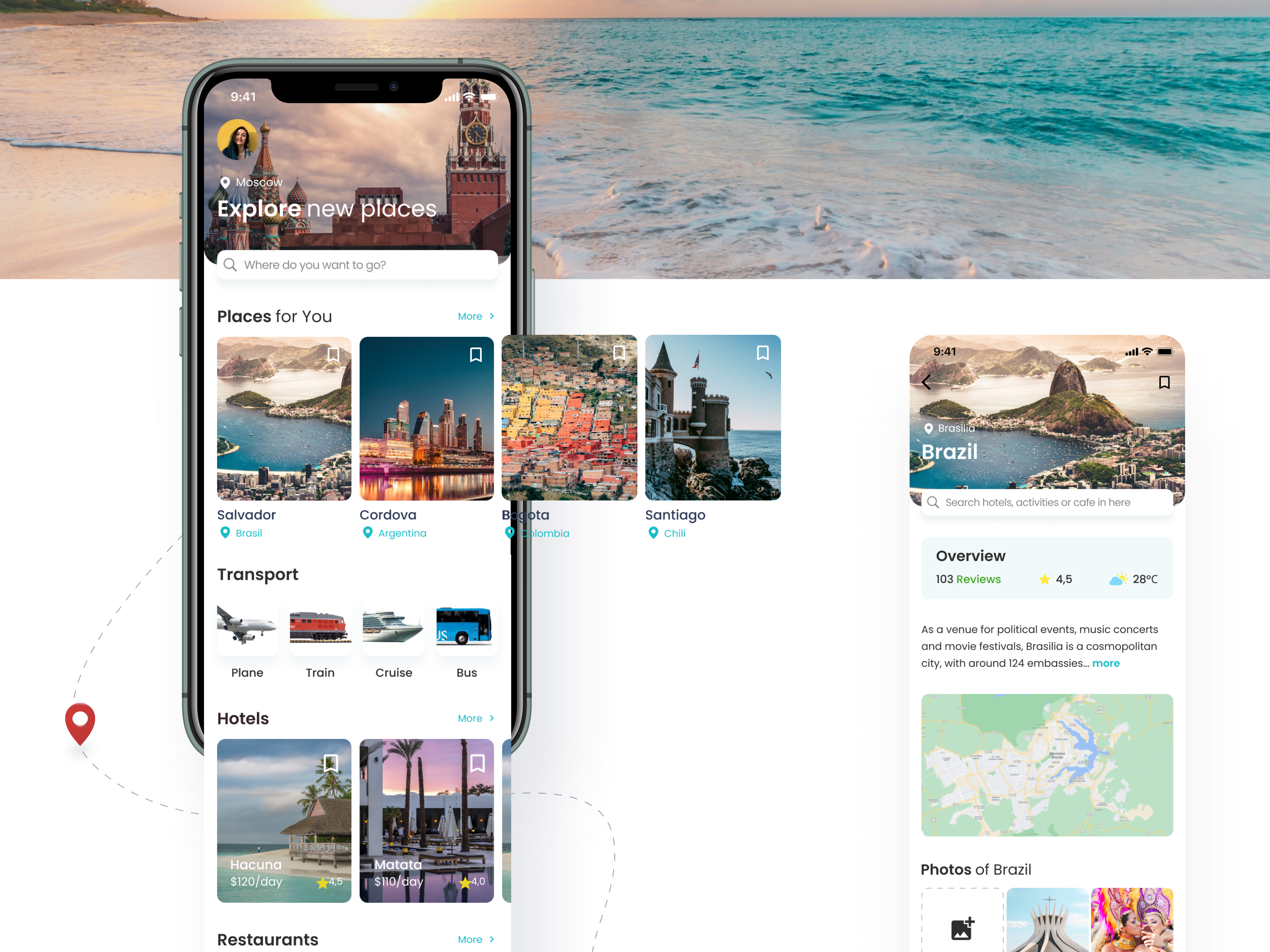
The UXchallenge library is small, so it's a good practice to build your own. How to do it? Observe people around, what worries them, what problems and difficult situations they face in everyday life. This analysis helped us in creating the app for cycling. In it, we foresaw the problem of building a cycle route, taking into account the features of the terrain and the presence of dogs as a potential danger.
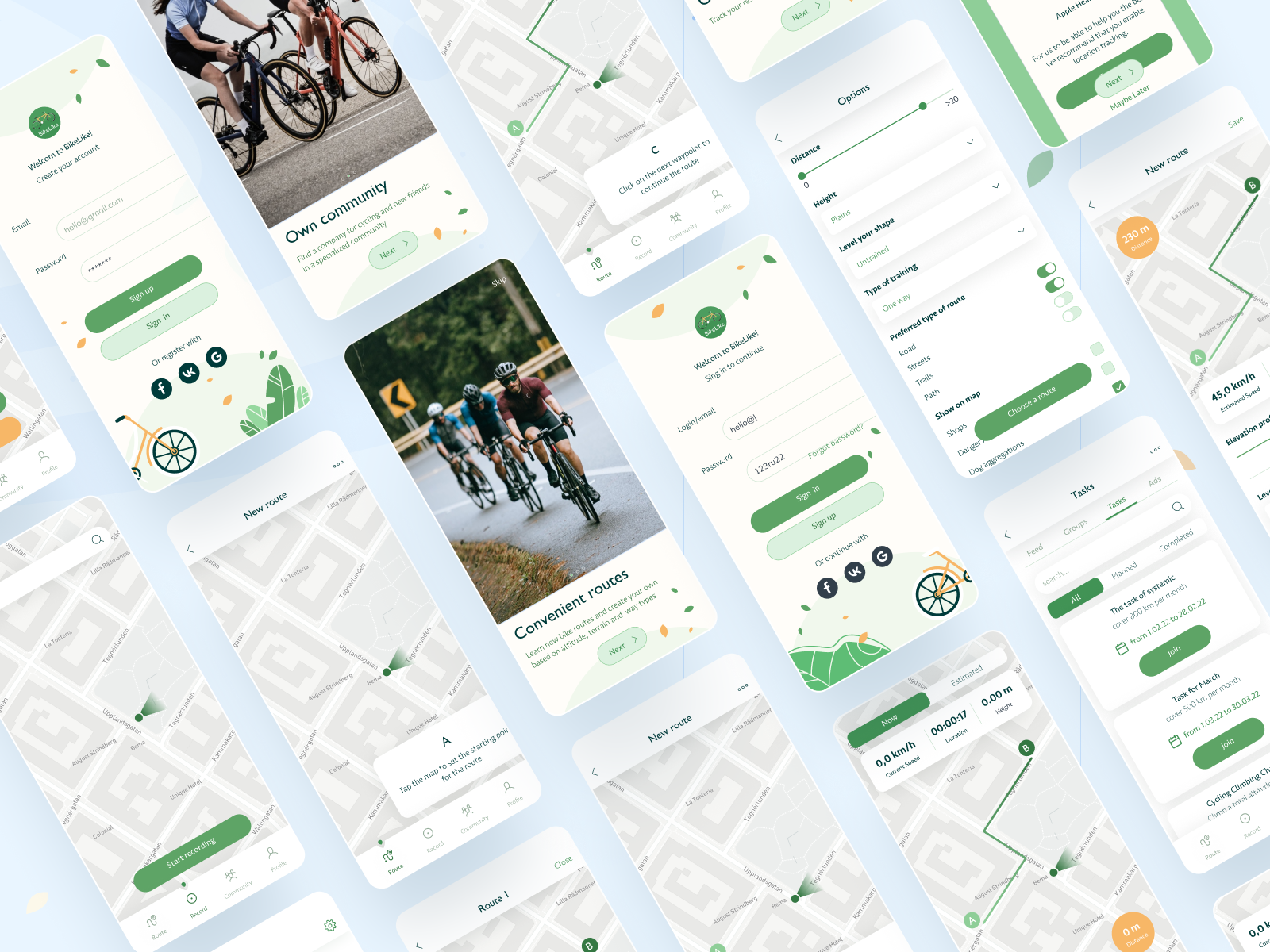
HIGH-QUALITY UI
UI Design or user interface design is a basic skill that both an experienced specialist and a beginner should have. The main goal of our training at this stage is to fill your hand. The popular Daily UI service helps a lot in this matter.
Daily UI is a 100-day challenge to complete tasks and post them on Dribbble with the #dailyui hashtag.
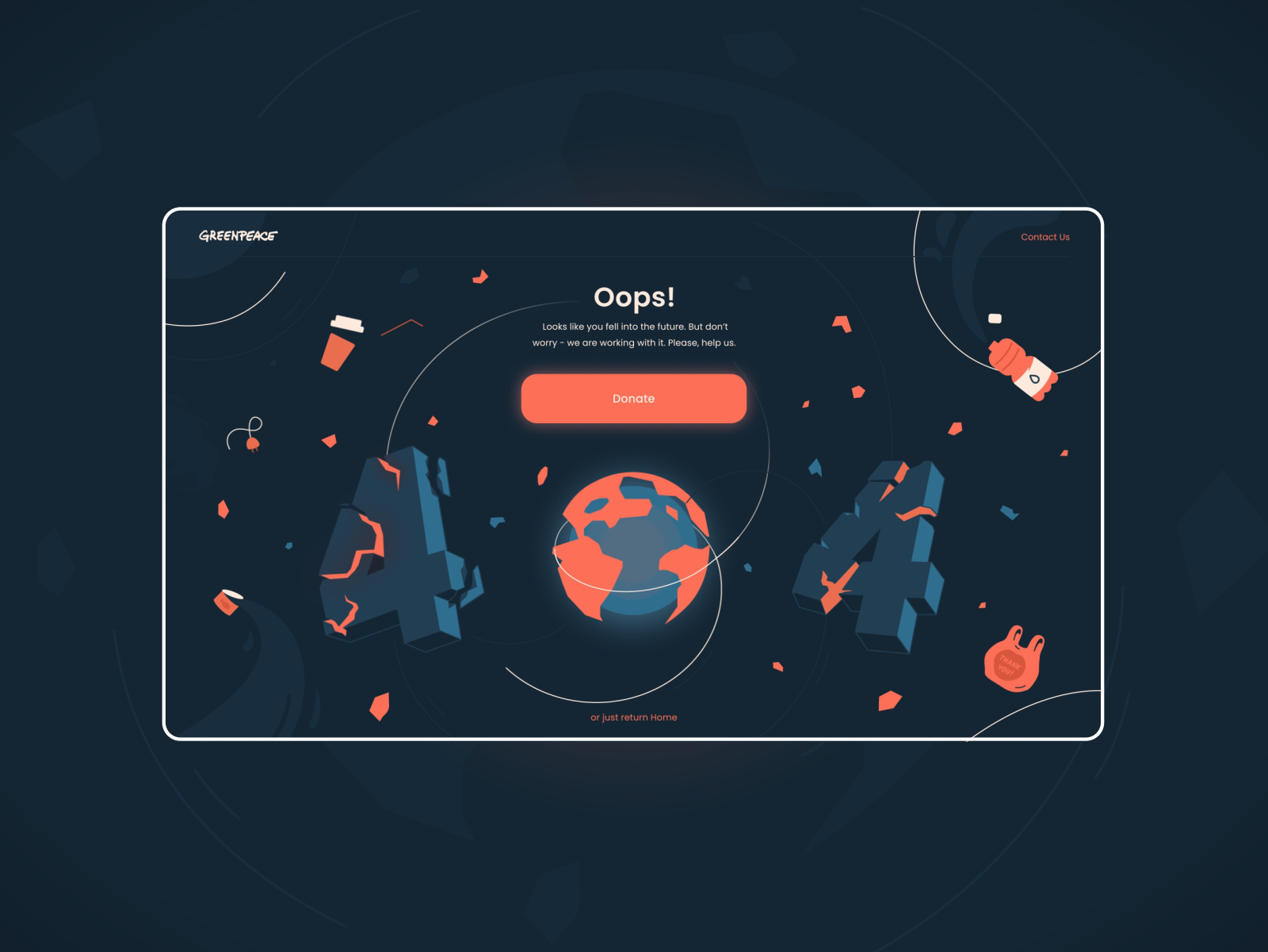
The idea is great, but not all tasks from the Daily UI are relevant to our profile. Then we replace too simple tasks with examples from “live” projects. This may be a part of non-trivial functionality from a real case or an example from test tasks that we do for clients when they first get acquainted with a new product. Screens from tests can later be used as a conditional framework for which you can come up with any UI.
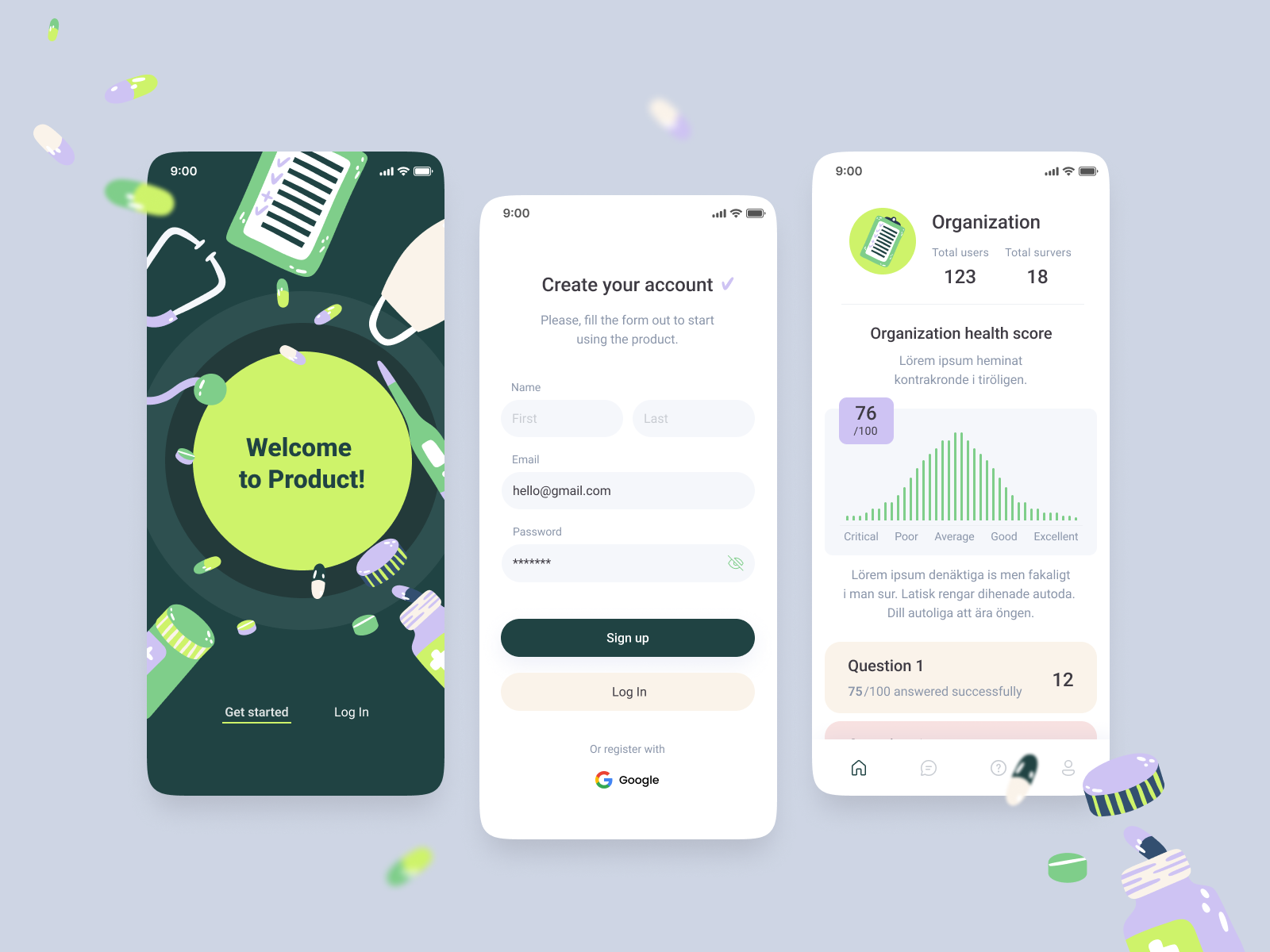
BROAD VISUAL EXPERIENCE
The creative profession is inextricably linked with such a concept as “visual experience”. An experienced designer notices new images and presentation options, ideas, and on this basis (including) creates and forms his own, fresh creations.
In the process of our learning, the stage of gaining visual experience goes in parallel with all the other steps. We improve this skill together: we exchange interesting materials with each other on a regular basis in a separate channel of the corporate messenger. Each of the channel members can share their design findings there and describe why it is remarkable. Examples can be not only interfaces, but also other types of design: industrial, graphic, architectural, and so on.
An obligatory element in this work is the presence of analysis: what is remarkable about the product? What unusual technique is used? What can be improved? For juniors, this practice is a must-have, it broadens their horizons and forms a good taste.
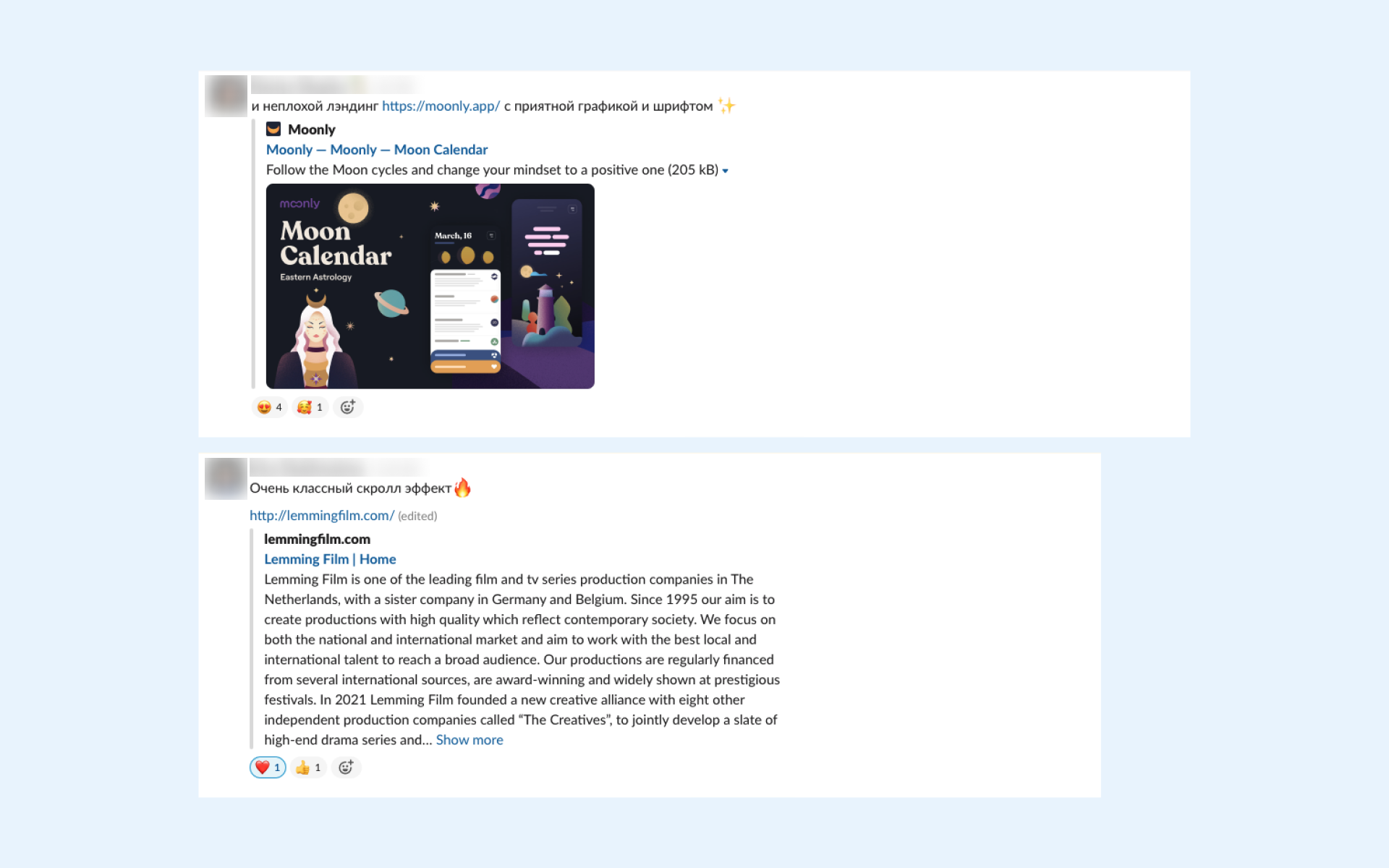
Thus, we have a whole collection of online magazines, various libraries and other resources from which you can draw inspiration in the future. Here is a small part of them:
https://siteinspire.com/
https://app.uitrial.com/
https://pfolios.net/
https://www.lapa.ninja/
https://minimal.gallery/
https://brutalistwebsites.com/
RELATED AREAS
The final stage of training is equal to the extra credit question. The bottom line is to expand the designer's expertise in the area that is in demand on the market and for which he has the ability.
Among the most popular related industries, we highlight:
- animation;
- 3D;
- illustration;
- no-code development;
- logo and so on.
Since every 4th project requires quality work with graphics, we decided to dive deeper into the creation of illustrations. Our picture-drawing challenge was exactly eight weeks long. During this time, the participants had to draw one picture per week, for a total of eight pieces.
How were the assignments formed?
Over the years of work and communication with customers, we have developed a list of the most popular illustrations that are suitable for the design of most products. Sometimes this list also includes more “eccentric” custom pictures (used in empty states, error messages, etc.) or completely non-trivial tasks, especially if it is related to the study of anatomy.
It was this non-standard task that was given to our designers:
“The character is a book lover. Think of an unexpected way or unusual place to read books. There must be at least 1 person in the illustration.”
And here is how they accomplished the task:

And this is an example of the "Splash Screen" challenge:
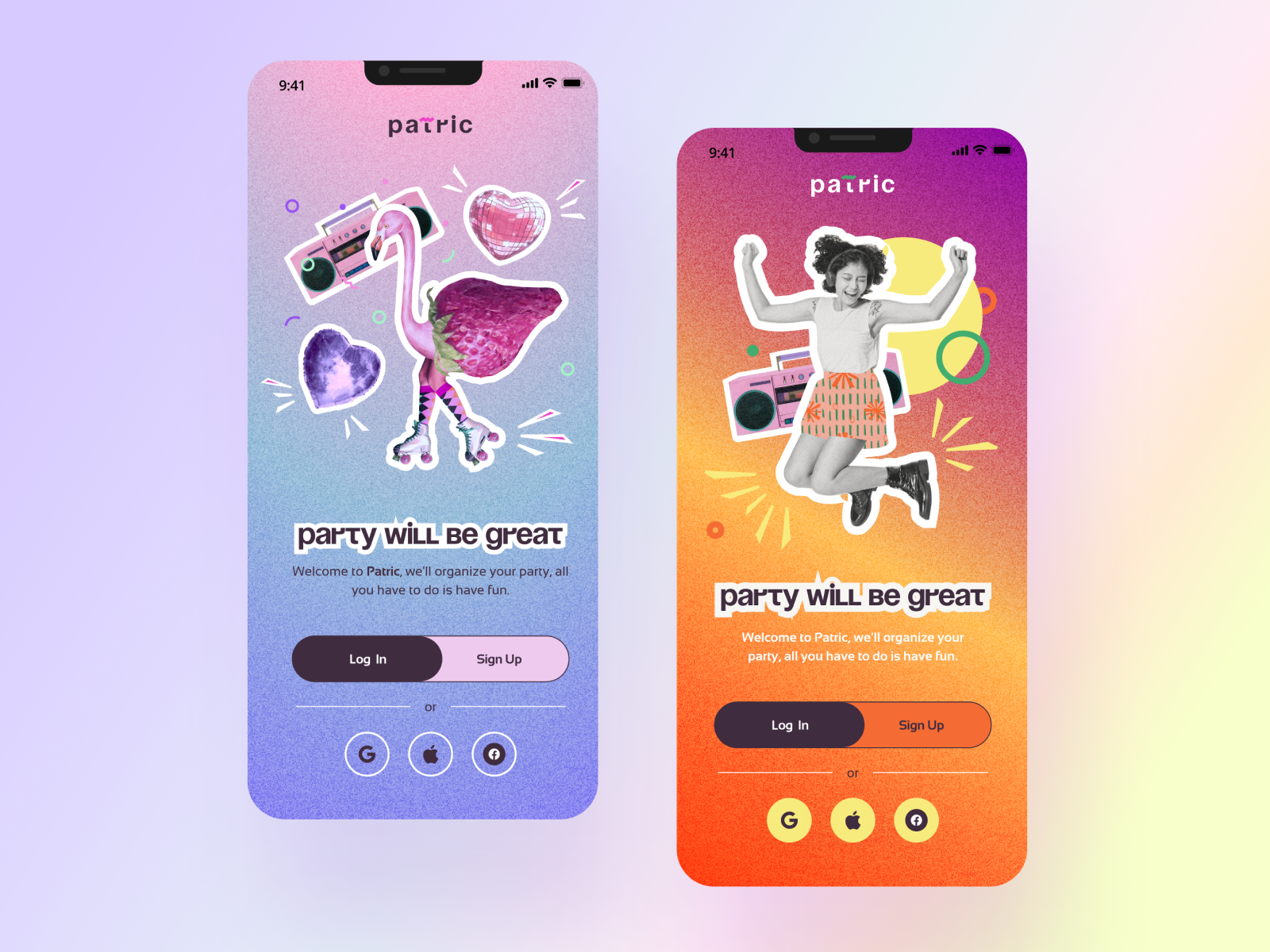
Look for even more works in our full case on Behance.
After such a powerful skill improvement, a novice designer acquires the key components for work: professional skills and a portfolio. There is confidence in their abilities and the ability to present themselves to the customer in a favorable light. An experienced designer acquires a new vision, deepens into modern trends and trains observation. Checked! How do you develop your creative skills, share in the comments.
September 1, 2023
